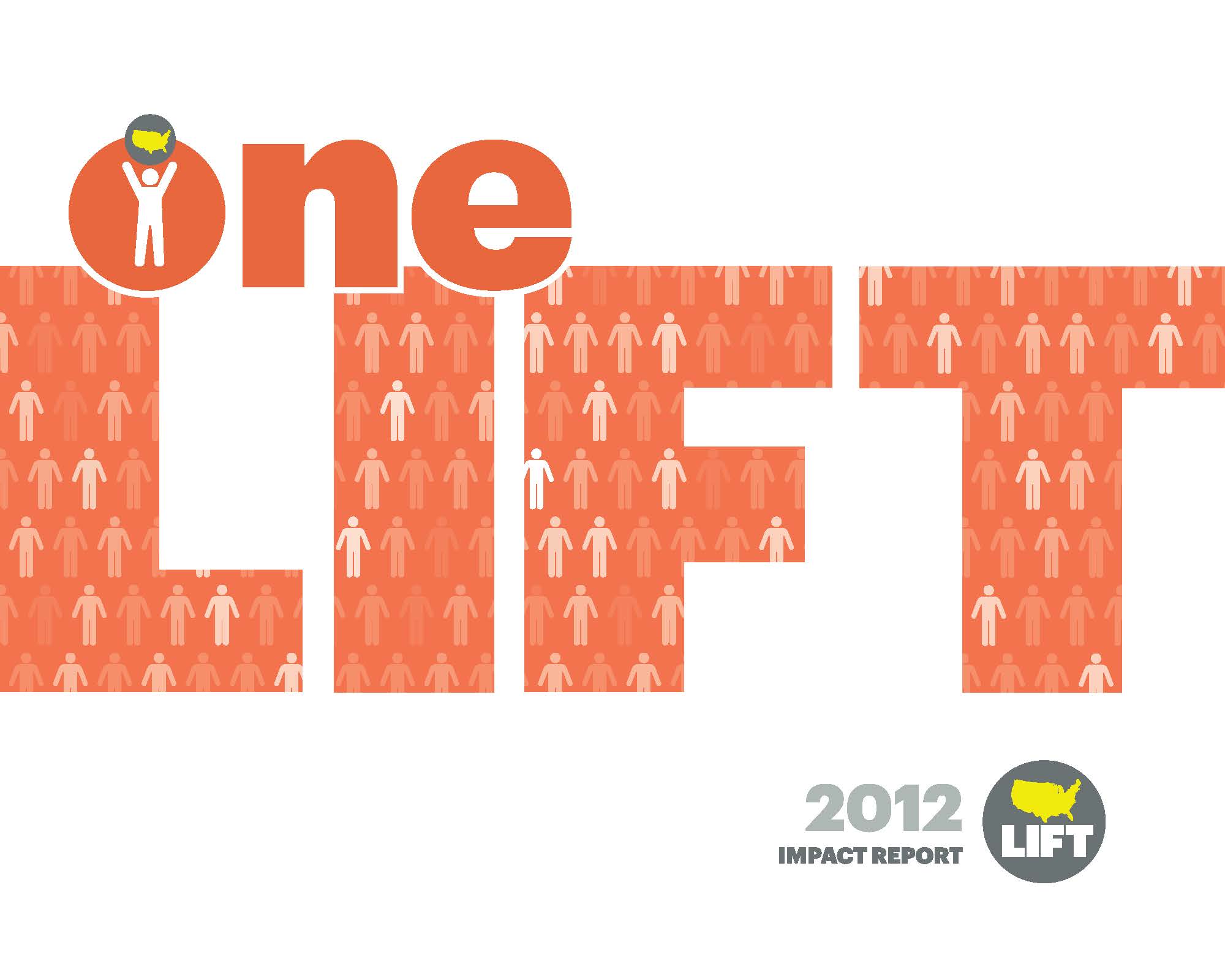Progress Reports
Progress reports provide an assessment of a project or an initiative. For example, a state environmental agency might issue a report on its efforts to reduce pesticide and fertilizer runoff from farmland into state watersheds. Similarly, an account team at an advertising agency might report on its efforts to increase sales of a product through a national advertising campaign, while the development manager at a charitable organization might report on her efforts to increase donations through corporate subscriptions. Because most reports focus narrowly on a subject, they often use criteria that might be unfamiliar to readers, particularly those, such as supervisors and managers, who might not be as well versed in the subject as the specialists who write the report. As a result, the criteria used in the evaluation are often defined in detail and, when applied in the report, discussed at length. Longer reports, particularly those that assess the effectiveness of a project or an initiative, often rely on information gathered by researchers associated with the project. The source of this kind of evidence might include surveys, interviews, testing, observation, and reviews of published sources.
The formats in which reports are written and read vary widely. Government reports, for example, are often distributed as bound documents that resemble books, as well as in downloadable formats. In contrast, reports written for a company or a political group might be distributed to only a small group of readers, and great care might be taken to ensure that the document does not receive wide distribution. Regardless of the number of readers, however, the writers of these documents often put a great deal of effort into the report’s design.
 | LIFT |
oneLIFT 2012 Impact Report |
LIFT is an advocacy group that works to reduce poverty by helping parents improve their job skills, get good jobs, find affordable housing, and further their education. LIFT was founded in 1998 by two college students who recognized the difficulties many families face navigating the bureaucracy of the social service system. In response, LIFT matches families with a coordinator, who helps unify their social service support. Currently, LIFT operates in Boston, Chicago, Los Angeles, New York, Philadelphia, and Washington, D.C. This report documents LIFT’s progress in 2012, including revenue, expenses, number of clients helped, and other data.
(Click on the image below to view the entire progress report.)

| Starting a Conversation: Respond to “oneLIFT 2012 Impact Report” | |
 | In the text boxes below, examine the LIFT impact report by responding to the following questions: |
Question
Question
Question
Question
Question